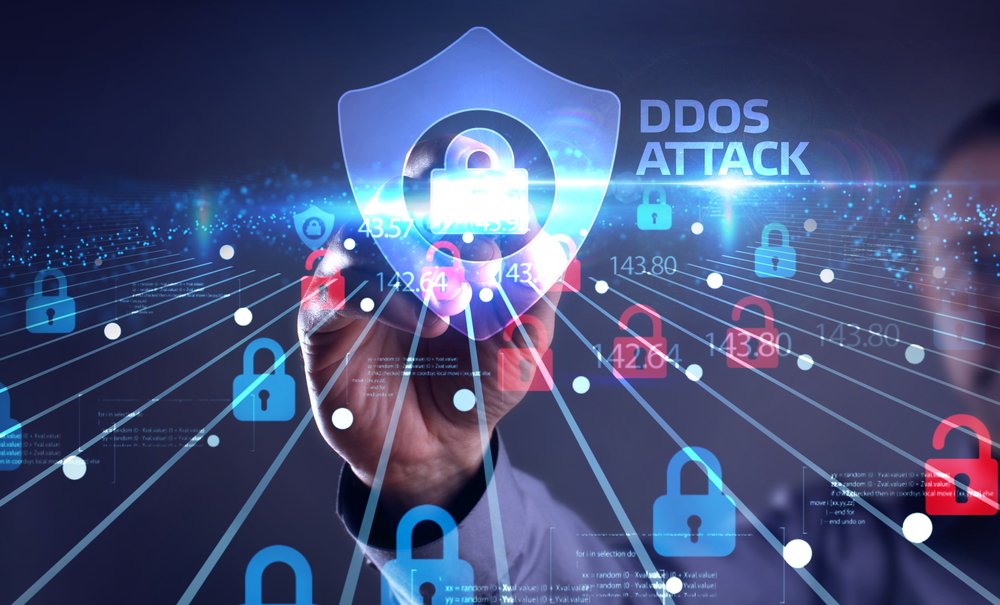
The digital age has transformed how people and businesses interact, offering new opportunities while introducing security risks. As cyber threats grow in complexity, individuals and organizations must stay informed and proactive in protecting sensitive data. Cybersecurity awareness is no longer a concern for IT specialists alone—it affects everyone who engages with digital platforms. Michael Shvartsman, CEO of Rocket One Capital, stresses, “Cybersecurity isn’t just about technology; it’s about habits, awareness, and a commitment to safeguarding information. The more people understand the risks, the better they can protect themselves and their businesses.”
The Growing Cyber Threat Landscape.
Cybercriminals continuously evolve their tactics, targeting businesses, financial institutions, and individuals through sophisticated attacks. Common threats include:
- Phishing Scams – Deceptive emails or messages designed to trick users into providing sensitive information.
- Ransomware Attacks – Malicious software that locks access to systems until a ransom is paid.
- Data Breaches – Unauthorized access to personal or financial data, often leading to identity theft or financial loss.
- Social Engineering Attacks – Manipulating individuals into revealing confidential details through seemingly trustworthy interactions.
As cyber threats grow, businesses must prioritize education and preparedness to minimize risks. Michael Shvartsman explains, “Many cyberattacks succeed not because of weak technology, but because of human error. Raising awareness and training employees can significantly strengthen security.”
Building a Cybersecurity-Conscious Culture.
Organizations that foster a culture of cybersecurity awareness create stronger defenses against digital threats. Some key strategies include:
- Regular Employee Training – Teaching staff to recognize phishing emails, avoid suspicious links, and use strong passwords reduces the likelihood of breaches.
- Multi-Factor Authentication (MFA) – Implementing MFA adds an extra layer of security beyond traditional passwords.
- Secure Access Policies – Restricting access to sensitive data based on employee roles helps prevent unauthorized use.
- Routine Security Audits – Regular evaluations of systems and processes ensure vulnerabilities are addressed before they become threats.
Michael Shvartsman advises, “A company-wide commitment to cybersecurity is essential. It’s not just an IT issue. It’s a business priority that protects employees, customers, and the organization itself.”
Personal Cybersecurity Best Practices
While businesses take steps to secure their data, individuals must also be mindful of their digital footprint. Some effective ways to enhance personal cybersecurity include:
- Using Unique Passwords – Repeating passwords across multiple accounts increases vulnerability.
- Keeping Software Updated – Regular updates fix security flaws that hackers exploit.
- Avoiding Public Wi-Fi for Sensitive Transactions – Unsecured networks can expose data to cybercriminals.
- Being Cautious with Social Media Sharing – Oversharing personal details can make it easier for attackers to impersonate users.
By incorporating these practices into daily routines, individuals reduce the likelihood of falling victim to cybercrime.
As technology advances, cybersecurity threats will continue to evolve. Businesses and individuals must remain adaptable, staying informed about emerging risks and implementing best practices to safeguard digital assets. Artificial intelligence and automation will play a growing role in detecting and preventing cyber threats, but human awareness remains the first line of defense. Michael Shvartsman concludes, “Cybersecurity is an ongoing effort that requires vigilance and education. Those who take it seriously will be better prepared for the challenges of an increasingly digital world.” By prioritizing cybersecurity awareness, individuals and businesses can navigate the digital landscape with confidence, reducing risks and ensuring greater protection against evolving threats.

